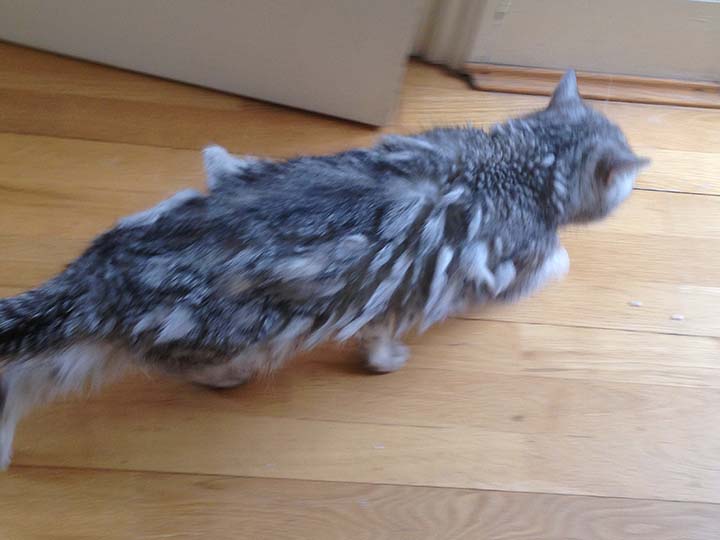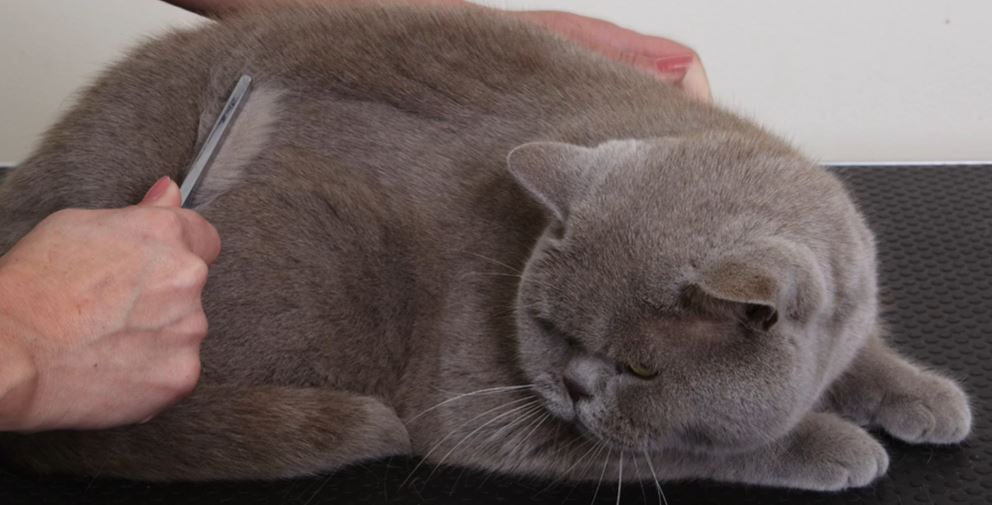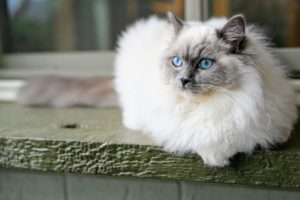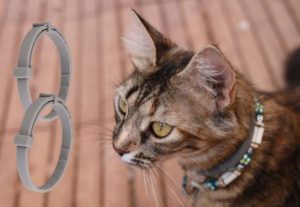When you have a short haired cat as your furry friend, you get to enjoy numerous benefits, primarily their low-maintenance coats. However, it’s crucial to remember that proper grooming short haired cats is still essential. Regular attention to their needs not only guarantees their well-being but also nurtures the special bond between you and your beloved companion.
In this article, you’ll learn about the basics of grooming short haired cats and how to keep them clean and healthy.
Let’s dive in.
Do Short Haired Cats Need Grooming?
Grooming plays a vital role in maintaining the overall health and well-being of your short haired cat, despite their lower grooming requirements compared to long-haired breeds. Regular grooming sessions offer several benefits, including:
Preventing Matting: While short-haired cats are less prone to matting than their long haired counterparts, regular grooming helps prevent any tangles or knots that may occur. Caring for short-haired felines also ensures your cat’s comfort and prevents discomfort caused by mats.

Removing Loose Hair: Even short-haired cats shed, and regular grooming helps remove loose hair, preventing it from ending up on your furniture, clothes, or becoming ingested by your cat during self-grooming. Attending to the needs of short haired cats will keep your feline companion coat healthy and clean.

Stimulating the Skin: Grooming stimulates the skin, promoting healthy circulation and ensuring the removal of dead skin cells, which can contribute to a healthier and shinier coat.
Bonding and Affection: Grooming sessions provide an excellent opportunity to strengthen the bond between you and your feline companion. It creates a positive and enjoyable experience for both of you, enhancing the trust and affection you share.
Brushing Preferences of Short-Haired Cats
While many short-haired cats enjoy the sensation of being brushed, it’s important to consider that each cat is unique, and preferences may vary. Here are some tips to help you determine your cat’s brushing preferences:

Introduce brushing gradually: Start with short grooming sessions and observe your cat’s reaction. If they respond positively, gradually increase the duration of the sessions.
Use gentle and soothing strokes during brushing to ensure your cat’s comfort.
Provide positive reinforcement, such as treats or praise, to create a positive association with the grooming experience.
Remember, your cat’s comfort and well-being should always be the priority, so if your cat consistently shows signs of discomfort or distress during grooming, it’s best to consult with a professional groomer or your veterinarian.
Professional Grooming for Short Haired Cats
While short-haired cats generally don’t require professional grooming as frequently as long haired breeds, there are situations where seeking professional assistance can be beneficial. Consider consulting a professional groomer in the following scenarios:

Stubborn Matting: If your short-haired cat experiences matting that you’re unable to remove with regular brushing, a professional groomer can provide expert guidance and help remove the mats safely and efficiently.
Excessive Shedding: While shedding is normal for cats, if your short-haired cat experiences excessive shedding that causes discomfort or triggers allergies, a professional groomer can provide specialized care and advice to manage the shedding effectively.
Skin Issues: If your cat has specific skin issues, such as dryness, flakiness, or irritation, a professional groomer can assess the situation and recommend appropriate grooming techniques or products to alleviate the problem.
Always consult your veterinarian and consider your cat’s specific needs before deciding if professional grooming is necessary.
Selecting the Right Grooming Brushes for Short-Haired Cats
Choosing the right grooming brush for your short-haired cat is essential to cater to their unique coat texture and grooming needs. Here are some popular options to consider:

1. Soft Bristle Brush
A soft bristle brush is ideal for gently removing loose hair and stimulating the skin. It helps distribute natural oils and leaves your cat’s coat looking sleek and healthy.
2. Rubber Grooming Mitt
A rubber grooming mitt provides a massaging effect while effectively removing loose hair. Cats often find the sensation enjoyable, making it a pleasant experience for both you and your feline friend.
3. Shedding Comb
A shedding comb is specifically designed to manage shedding by removing any remaining loose hair after brushing. It helps prevent excessive shedding and keeps your cat’s coat in excellent condition.
Remember to select brushes specifically designed for short-haired cats to optimize comfort and efficiency.
Are Short-Haired Cats Easier to Maintain?
Compared to their long-haired counterparts, short-haired cats are generally easier to maintain. Their coats are less prone to matting, require less extensive grooming, and shed less heavily. However, they still require regular brushing, occasional bathing, and nail trimming to ensure their continued health and happiness.
Shedding in Short-Haired Cats
While short-haired cats may not shed as heavily as long-haired breeds, shedding can still occur, especially during seasonal changes. Regular brushing is key to reducing shedding by removing loose hair before it ends up on your furniture or clothes. Additionally, a healthy diet rich in essential nutrients can contribute to maintaining a healthy coat and minimizing excessive shedding.
Should You Shave Your Short-Haired Cat for the Summer?
Shaving a short-haired cat is generally unnecessary and discouraged. A cat’s coat provides insulation, helping regulate their body temperature in both hot and cold weather. Shaving can disrupt this natural cooling and warming mechanism, potentially leading to skin issues and sunburn. Instead, ensure your cat has access to a cool environment, fresh water, and shaded areas during the summer months to keep them comfortable.
Haircuts for Cats in Summer?
In most cases, cats do not require haircuts, even during the summer. Their coats are naturally designed to regulate body temperature, and excessive grooming or cutting can interfere with this natural process. However, regular brushing and removal of mats or tangles help keep their coats in good condition and prevent discomfort.
Conclusion: Keeping Your Short-Haired Cat’s Coat Sleek and Healthy
Grooming Short haired cats isn’t just about aesthetics, it plays a crucial role in maintaining the overall well-being of your cat. Regular brushing, occasional bathing, and nail trimming are essential to ensure that the remain healthy, and free from matting. By following the tips and techniques outlined in this article, you can establish a grooming routine that benefits your cat’s physical well-being and strengthens the bond between you and your feline companion.
Frequently Asked Questions (FAQs)
Grooming sessions for short-haired cats can be done once a week to remove loose hair and maintain a healthy coat.
Yes, short-haired cats generally require less grooming compared to their long-haired counterparts, but regular brushing is still necessary.
It’s recommended to use brushes specifically designed for short-haired cats to ensure gentle and efficient grooming.
Short-haired cats typically don’t need frequent bathing unless they become dirty or have skin issues. Only bathe when necessary, using a mild cat-specific shampoo.
Professional grooming for short-haired cats is usually not required unless there are specific issues like matting or excessive shedding. Consult your veterinarian for guidance.
With a passion for cats and years of experience in cat care and grooming, I have gained valuable insights and expertise that I want to share with other cat lovers. I believe that every cat deserves the best care possible, and through this platform, I aim to empower cat owners like you to provide the utmost love and care for your feline companions.



